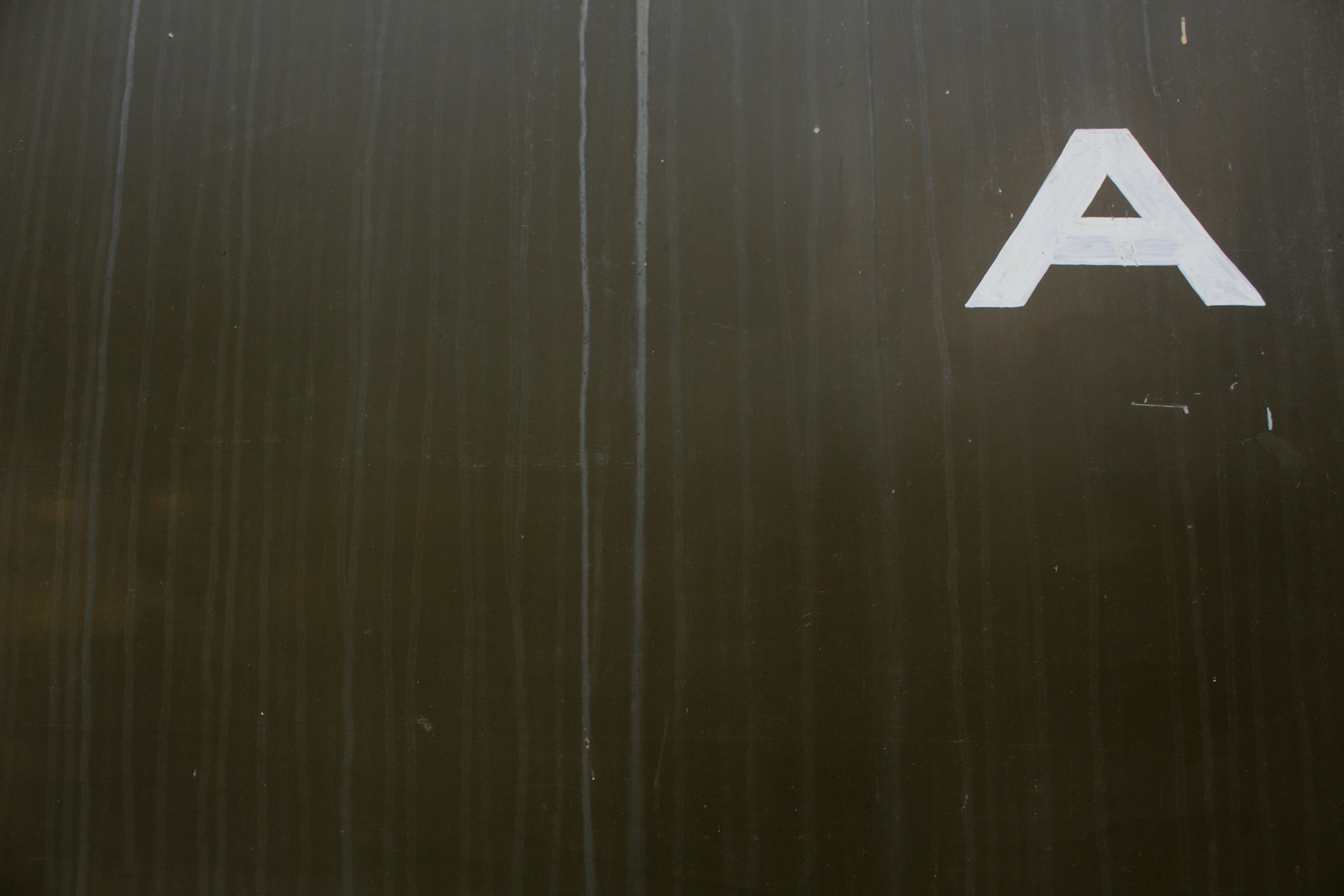
declarar el alto el fuego

declare a ceasefire
The Spanish phrase 'declarar el alto el fuego' translates to 'declare a ceasefire' in English. The phrase is used in a context where conflicts, especially armed ones, are brought to a temporary or permanent halt through a formal announcement. Each word can be broken down as follows: 'declarar' means 'to declare', 'el' is 'the', 'alto' equates to 'halt' or 'stop', and 'fuego' means 'fire'. Therefore, the phrase could literally translate to 'declare the halt [of] the fire' but is commonly understood to mean 'declare a ceasefire' in diplomatic or military contexts.
Example sentences using: declarar el alto el fuego
El presidente ha decidido declarar el alto el fuego a través de un discurso televisado.

The president has decided to declare a ceasefire through a televised speech.
In this example, the president is the person calling for a cessation of hostilities or ceasefire. The act of declaring the ceasefire is being broadcast to the public through a televised speech, which is a typical method of communicating important messages to a large audience.
Tras las duras negociaciones, se consiguió declarar el alto el fuego en la región en conflicto.

After tough negotiations, it was possible to declare a ceasefire in the conflict-ridden region.
This example sentence describes a situation where tough negotiations led to a ceasefire declaration in a conflict-ridden region. It implies that an agreement was reached through negotiation and as a result, a ceasefire was declared to stop the conflict in the region.
Para aliviar la tensión en la zona, es necesario que ambas partes escolten el camino de la paz y decidieran declarar el alto el fuego.

To alleviate tension in the area, it is necessary for both parties to escort the peace path and decide to declare a ceasefire.
In this sentence, the cessation of hostilities otherwise known as the ceasefire, is seen as necessary to alleviate tension in a certain area. Both parties are urged to take the 'peace path,' a metaphorical representation of peaceful resolution, and declare a ceasefire for the sake of peace.